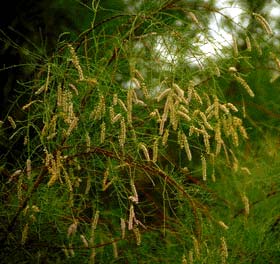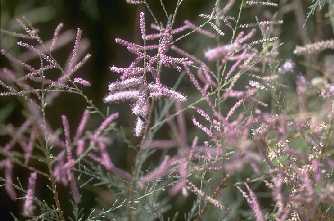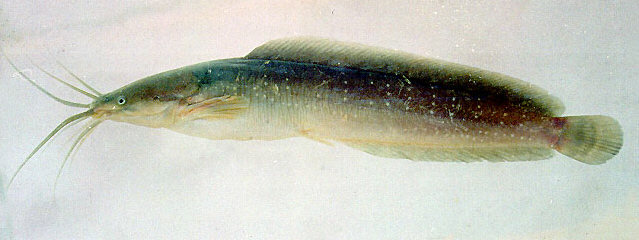One invasive plant species is the Salt Cedar. These deciduous trees originally came from Eurasia. Now, they have spread all the way to the United States. They are now all over the southwestern United States. This plant first arrived in the US when it was shipped to US for decoration purposes, wind breaks, to create shade, and stabilize eroding river banks. The trees began to spread all over and the population grew a great deal. Salt Cedar trees can resprout in all different circumstances causing the population to increase rapidly. Another problem it causes is that it outcompetes the native plants. Additionally, these trees are destroying the rare Riparian ecosystems. Also, Salt Cedar trees consume a lot of water. In fact, a single large plant can take in 200 gallons of water a day.To try to stop this dilema, scientists are using a combination of techniques to kill these trees. These techniques include mechanical, chemical, fire, and bicontrol methods. Salt Cedar trees are very harmful invasive plant.
Sources
http://www.invasivespeciesinfo.gov/plants/main.shtml
http://www.columbia.edu/itc/cerc/danoff-burg/invasion_bio/inv_spp_summ/Tamarix_ramosissima.html
Photos



